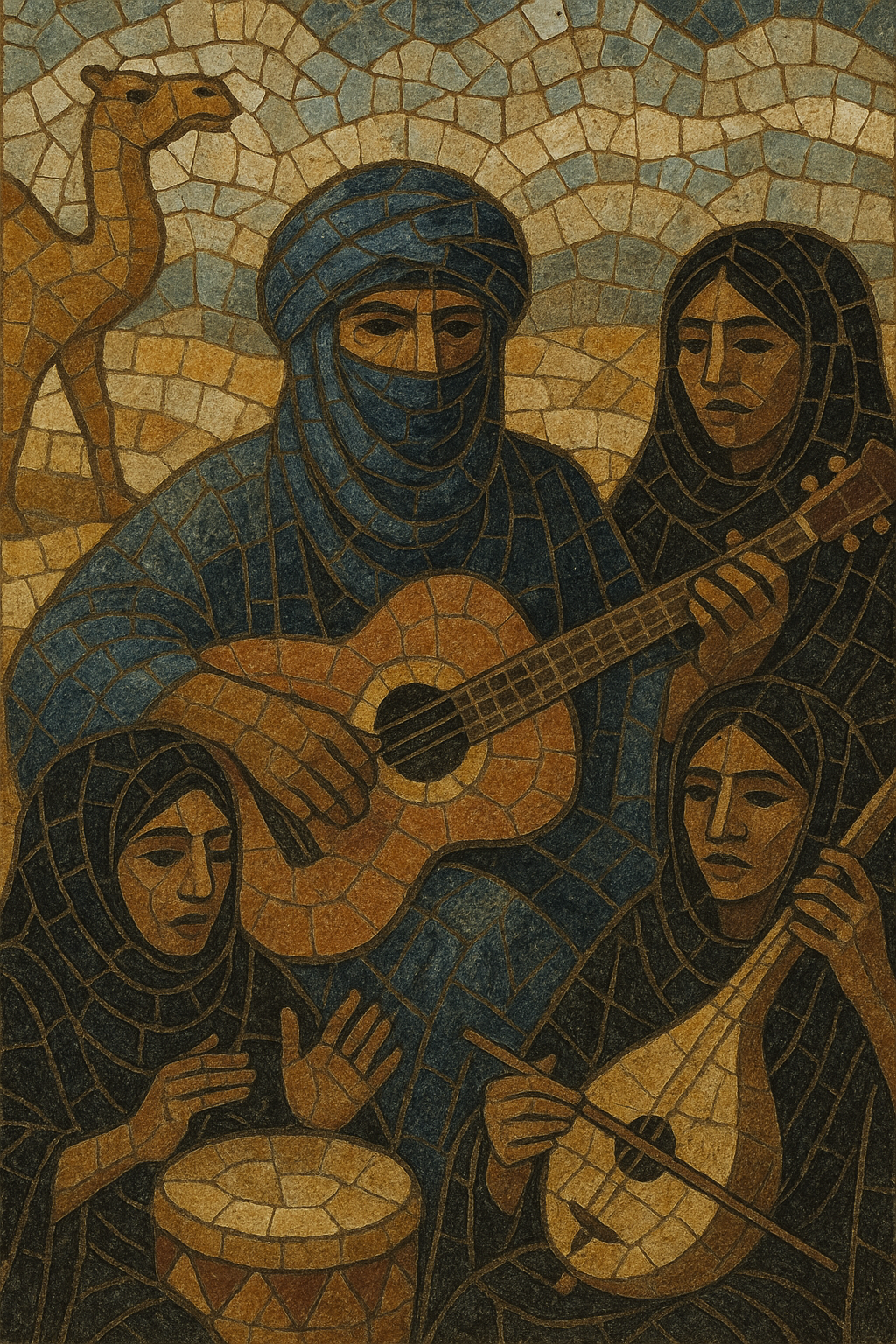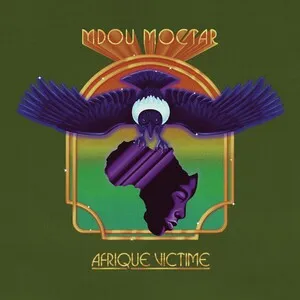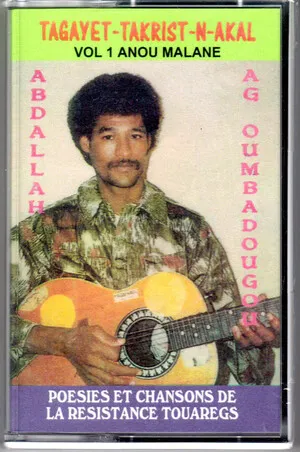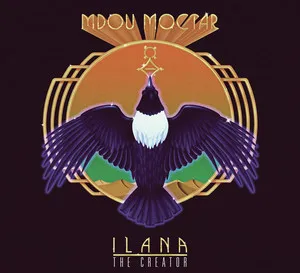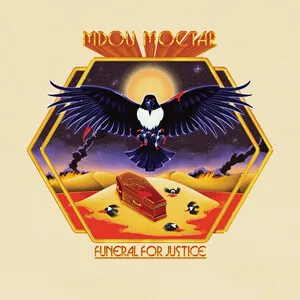Tuareg music refers to the traditional and modern musical practices of the Kel Tamasheq (Tuareg) people of the Sahara, especially in present‑day Mali and Niger.
While it includes ancient forms such as women-led tende songs, the imzad (one‑string fiddle) repertory, and tehardent (lute) epics, the global profile of Tuareg music is tied to a modern guitar style often called tishoumaren (from “chômeur,” French for unemployed). This sound blends hypnotic, cyclical guitar riffs, handclaps, and mortar‑drum grooves with poetic Tamasheq lyrics about exile, resistance, nomadism, and desert life.
Musically, it favors minor pentatonic and modal (Aeolian/Dorian) melodies, drones, and sparse harmonic movement that create trance-like momentum. The feel sits between 4/4 and 6/8 with a lilting, “camel‑gait” swing; textures range from dry, overdriven electric guitars and bass to acoustic tehardent, tende drum, ululations, and call‑and‑response vocals.
Tuareg musical culture is centuries old, encompassing communal women’s tende songs (using a mortar‑drum covered with wet skin), epic poetry, and the imzad one‑string fiddle tradition associated with ceremony and healing. Men historically performed on the tehardent (lute), accompanying praise songs and genealogical epics. These forms cultivated a poetic vocabulary and rhythmic sensibility that later informed guitar repertoires.
In the late 1970s and 1980s, after droughts and political marginalization, many Tuareg—especially from northern Mali—lived in exile or military camps in Libya and Algeria. There, young “ishumar” (unemployed/exiled youth) adapted traditional melodies to the electric guitar, absorbing influences from Maghrebi and West African music, global blues/rock, and regional Saharan styles. Cassettes circulated informally across the desert, seeding a shared Tuareg guitar aesthetic marked by repetitive riffs, modal drones, and socially charged lyrics.
Groups like Tinariwen, recorded in mobile desert sessions and later championed by international labels and festivals, brought the sound to global audiences. Their success opened pathways for a new generation (Bombino, Mdou Moctar, Terakaft, Tamikrest, Imarhan), each balancing tradition with amplified rock energy, studio production, and cross‑genre collaborations.
Today, Tuareg music spans village tende gatherings, female-led ensembles, and internationally touring electric bands. Recordings often juxtapose handclaps and calabash percussion with fuzzy guitars, while lyrics continue to explore identity, displacement, environmental change, and cultural continuity. The style has become a cornerstone of the broader “desert blues/rock” movement, influencing worldbeat and indie/psych audiences while remaining rooted in Tamasheq poetics and communal performance.

